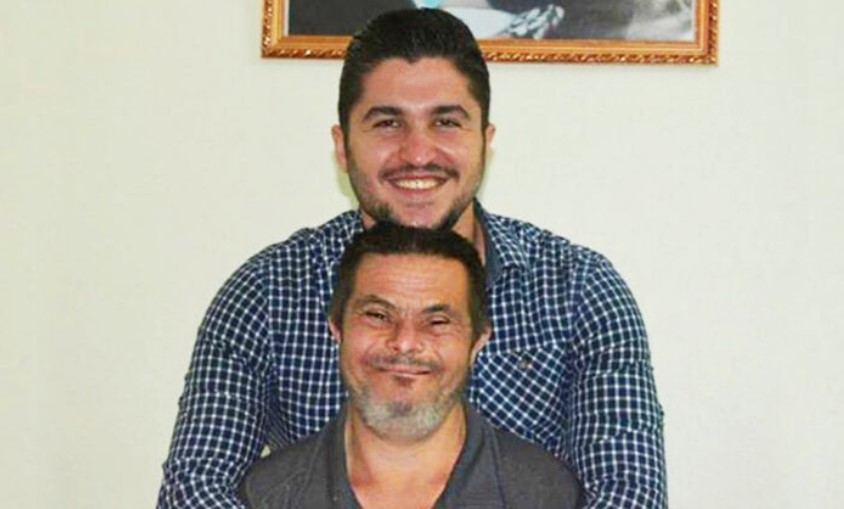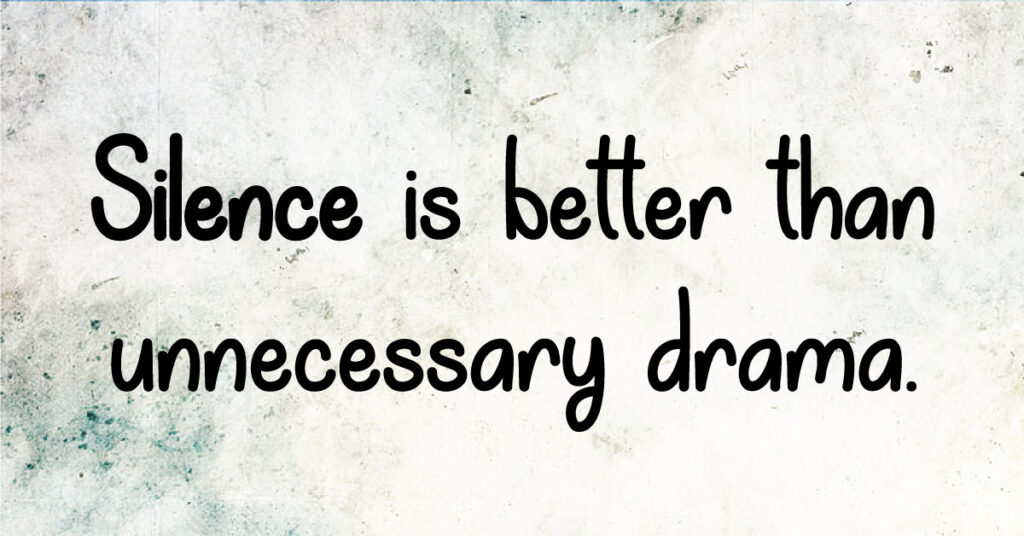Healing the inner child is not just a concept; it’s a journey towards self-discovery and emotional well-being. This therapeutic process delves into the depths of our childhood experiences, addressing unmet needs, healing attachment wounds, and fostering self-compassion. It’s about acknowledging the past, understanding its influence on our present, and taking steps towards a healthier future.
This article aims to guide adults on this transformative journey, exploring various techniques and practices that can be utilized to heal the inner child. From self-soothing methods to guided meditation, we’ll delve into strategies that help nurture a compassionate dialogue with our younger selves, paving the way for profound personal growth and emotional healing.
Acknowledging Your Inner Child
The first step towards healing your inner child is acknowledging its existence. This might seem abstract, but it’s about recognizing that your current behaviors, emotions, and attitudes are often influenced by your childhood experiences. Your inner child is a part of you that encapsulates these experiences and feelings from your formative years.
This inner child isn’t just an idea; it symbolizes the emotional memories, joys, fears, and traumas that you experienced as a child. These can shape your behavior, decisions, and reactions as an adult. For instance, if you were criticized heavily as a child, your inner child could be carrying feelings of inadequacy and fear of rejection. This could manifest in your adult life as self-doubt or an intense fear of failure.
Recognizing the existence of your inner child is about understanding this connection between your past and present. It’s about accepting that your childhood experiences have shaped you. This acceptance is a crucial first step in healing your inner child, as it allows you to address these deeply ingrained emotions and patterns directly, fostering self-understanding and emotional growth.
Self-Soothing Techniques
Self-soothing is an essential component of inner child healing. It’s a practice that encourages you to offer comfort to yourself, especially during moments of stress or discomfort. This comfort can take various forms and is intended to promote relaxation and alleviate stress.
One technique involves physically hugging yourself daily. This act of self-hugging can create a sense of safety and warmth, helping to soothe your inner child who may be carrying feelings of fear or insecurity from the past.
Another method is visualizing a happy childhood moment. By recalling a pleasant memory, you’re providing your inner child with an experience of joy and contentment, which can help counterbalance negative emotions or experiences.
The practice of self-compassion is an integral component of self-soothing. It involves extending kindness towards yourself, recognizing your feelings without any judgment, and comprehending that struggles are a universal part of the human experience. Essentially, it’s about giving yourself the same level of kindness and understanding that you would offer to someone you deeply care about.
Embracing your inner child with mindful self-compassion allows you to be present with your feelings and experiences, rather than ignoring or suppressing them. This mindful approach helps you to tune into your feelings, understand them better, and ultimately, heal the wounds your inner child might be carrying.
Mirror Work
Mirror work is a powerful practice that can aid in healing your inner child. The process is simple yet profoundly impactful. It involves standing in front of a mirror, making direct eye contact with your reflection, and speaking positive affirmations to yourself.
This method is more than just self-affirmation; it’s about truly seeing yourself, acknowledging your worth, and fostering a positive self-image. As you look into your eyes – the windows to your soul – you’re also looking at your inner child. By speaking affirmatively, you’re directly communicating love, acceptance, and validation to this part of you.
For instance, you might say, “I see you. I value you. You matter.” These simple words can have a profound impact, helping to heal past wounds, strengthen your connection with your inner child, and foster a healthier, more positive self-perception. In doing so, mirror work can be an empowering step towards healing and self-love.
Guided Meditation
Guided meditation is often the starting point for many types of inner child work. This practice involves a series of relaxation techniques and mental images to help you connect with your younger self.
The purpose of these meditations is to create a safe, calm space where you can meet your inner child. You might visualize a childhood place or imagine a scene where you encounter your younger self. The goal is to foster a deeper understanding and acceptance of this part of yourself.
Through this introspective journey, guided meditation allows you to confront and address past experiences, feelings, and traumas that your inner child may hold. It promotes emotional healing by enabling you to express compassion, understanding, and kindness towards your younger self. This way, guided meditation serves as a powerful tool for inner child healing and self-discovery.
Journaling and Letter Writing
Writing can serve as a potent instrument for inner child healing. One effective method is writing a letter to your inner child, a practice that allows you to directly communicate with this part of yourself. In this letter, you might express understanding for past experiences, empathy for feelings felt, and acceptance of the child you once were. This can be a cathartic process, aiding in releasing pent-up emotions and fostering a deeper connection with your inner self.
Journaling is another beneficial practice for inner child work. It involves articulating your thoughts, emotions, and experiences onto paper. This isn’t merely an act of documentation; it’s a way of providing a safe, judgement-free space for your inner child to freely express itself. By writing regularly, you’re allowing your inner child to voice its fears, joys, sorrows, and hopes, thereby promoting introspection, self-understanding, and emotional healing.
Working with a Therapist
Professional guidance can play a pivotal role in inner child healing. Therapists, with their expertise and experience, can provide valuable insights, tools, and techniques to aid you in this journey effectively.
Firstly, they can help you recognize forms of neglect or trauma you may have experienced as a child, which you might not be aware of or have suppressed over time. These could range from emotional neglect to more overt forms of abuse.
Secondly, therapists can teach you how to healthily embrace and express your emotions. This involves learning to acknowledge and validate your feelings, rather than suppressing them, which is crucial for healing your inner child.
Finally, they can guide you through various therapeutic exercises, such as guided meditations, journaling, or even role-play, tailored to your specific needs and experiences. This professional support can be instrumental in facilitating the process of self-discovery, acceptance, and ultimately, inner child healing.
Final Thought
Healing your inner child involves acknowledging its existence, practicing self-soothing techniques, utilizing practices such as mirror work and guided meditation, and seeking professional guidance when needed. These methods can help you foster a healthier relationship with your inner child, leading to greater overall emotional well-being.








